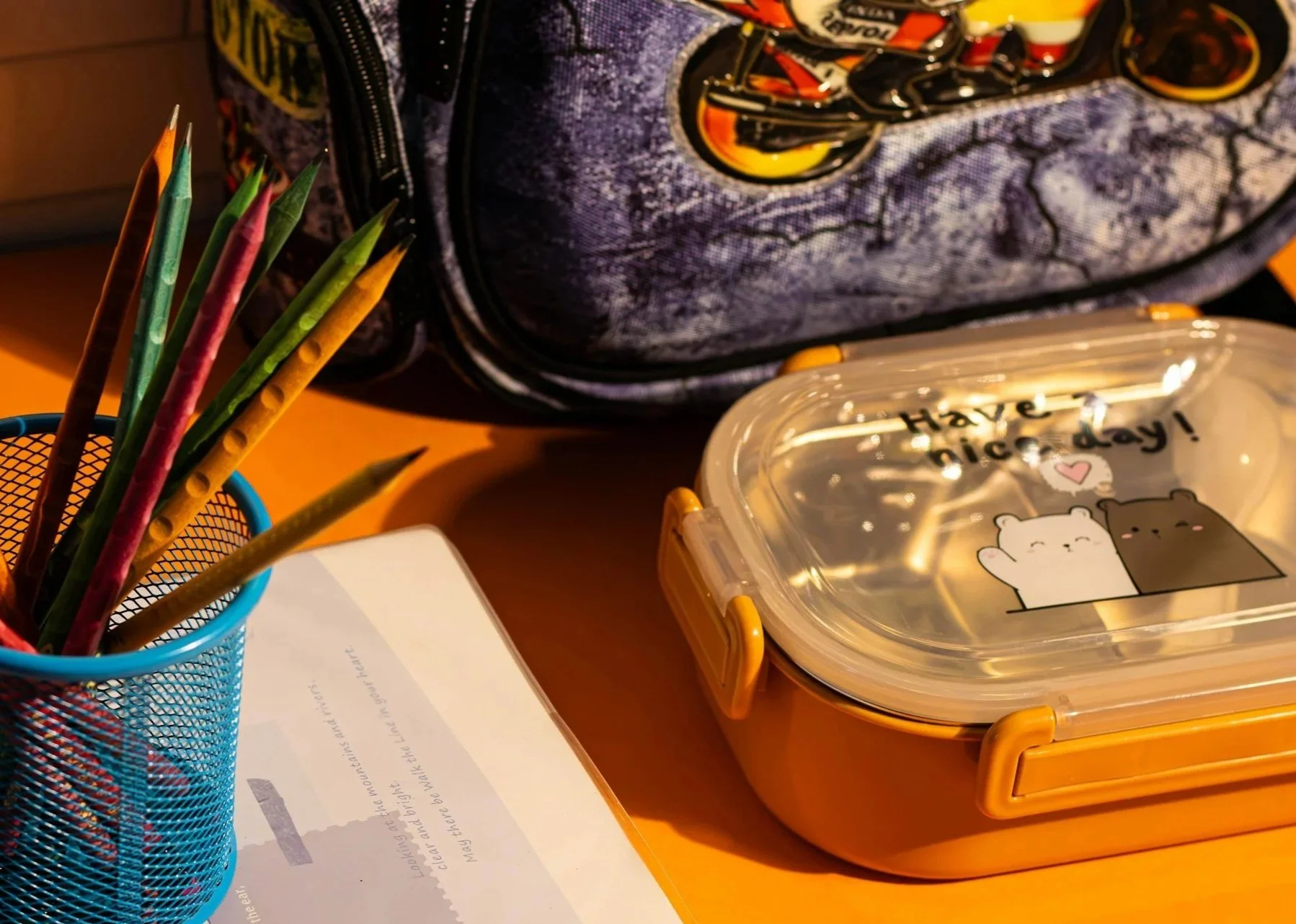Lunchbox burnout? How to pack nourishing lunches kids will actually eat
Does packing lunches feels like a never-ending cycle of effort and uneaten food? If so, you’re not alone.
Lunchbox burnout is real. And it’s not just about food refusal or picky eating - it’s the mental load, the planning and the frustration of food coming home uneaten.
Providing your child with a nourishing lunchbox doesn’t have to be complicated or expensive, and even small changes can make a big difference to your child’s learning and behaviour throughout the school day.
The foods children eat (or don’t eat) at school can influence:
Mood and emotional regulation
Focus and learning
Energy levels throughout the day
Immune function
Behaviour in the afternoons and evenings
Components of a balanced lunchbox
A healthy lunchbox contains the following elements:
1. Protein - supports mood, focus and energy.
Boiled eggs
Chicken or tuna wraps
Crumbed chicken breast strips
Chopped up quality sausages
Hummus or cream cheese
Cheese or yogurt (if tolerated)
Seed butters
2. Fibre-rich carbs - help keep blood sugar stable.
Wholegrain wraps or crackers
Wholemeal pasta (either pasta salad or dinner leftovers in a thermos)
Brown rice sushi
Fruit with skin on (e.g. apple, pear, berries)
Veggie sticks (e.g. carrot or celery) or baby cucumbers
3. Healthy Fats - support brain health and satiety (fullness)
Avocado/guacamole (make sure to add lemon juice to prevent browning)
Seeds, e.g. pumpkin or sunflower seeds
Olive oil-based dips or dressings
Full-fat dairy or coconut yogurt
Optional extra: A small sweet treat or baked snack, e.g. fruit muffin, bliss ball
Tips to increase the chances of kids actually eating their lunch
Use a bento-style lunchbox to provide a variety of different foods that children can choose from
Involve your child in deciding what to put in the lunchbox
Keep portion sizes realistic (especially for younger kids)
Offer smaller items rather than one large meal
Simple swaps to make lunches more nutritious
White bread + processed meat —> Wholegrain wrap + shredded chicken + lettuce + mayonnaise
Muesli bar + juice popper —> Bliss ball + water bottle + blueberries
Crackers + cheese alone —> Add veggie sticks or boiled egg
Remember, lunch doesn’t have to be perfect. Try starting with one small change and build from there.
And if your child is too busy or active to eat much during the school day (like my number 3 child), consider investing in a good quality insulated lunch bag (like Fridge2Go) that keeps food safely cool for up to 8 hours - so they can eat it when they get home!
If you’d like to learn more about healthy lunchboxes, check out these blog posts:
Which foods are best for your child’s lunchbox?

